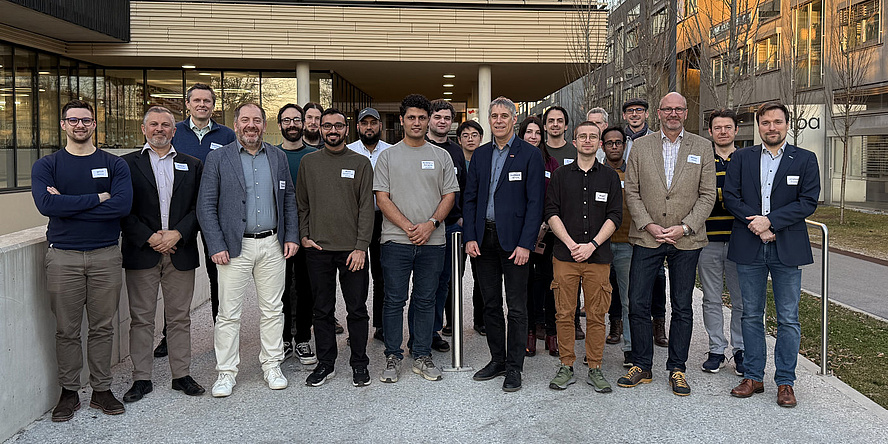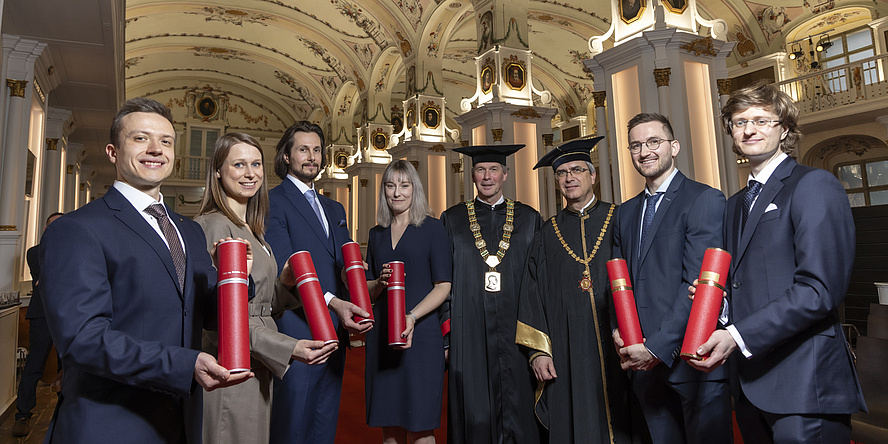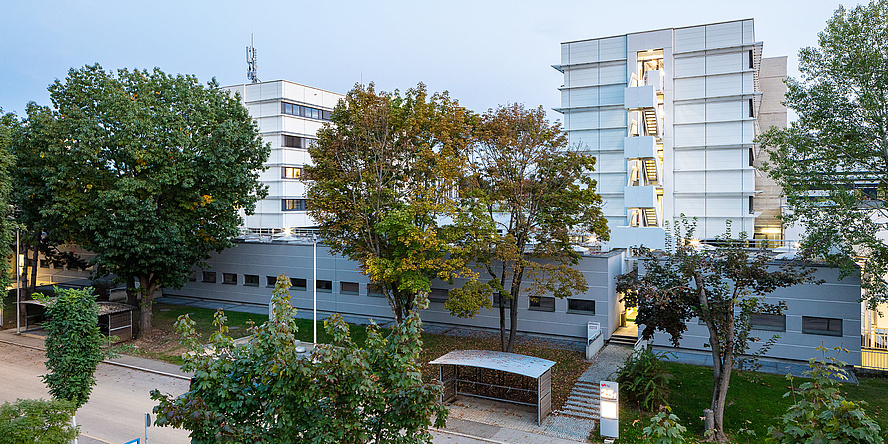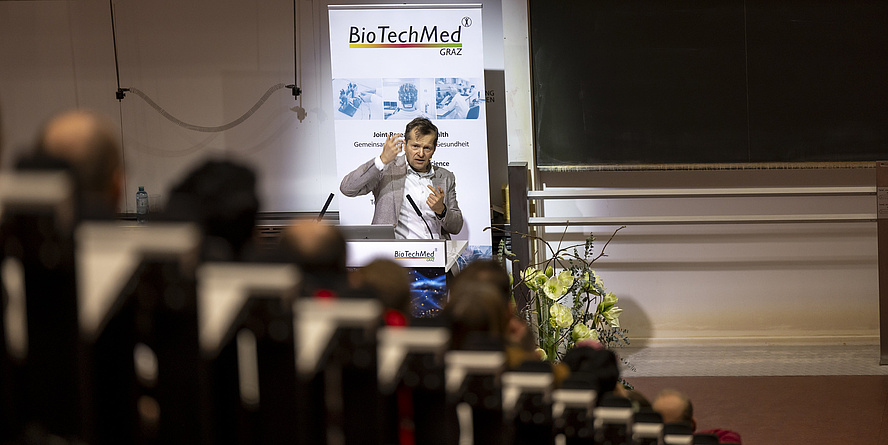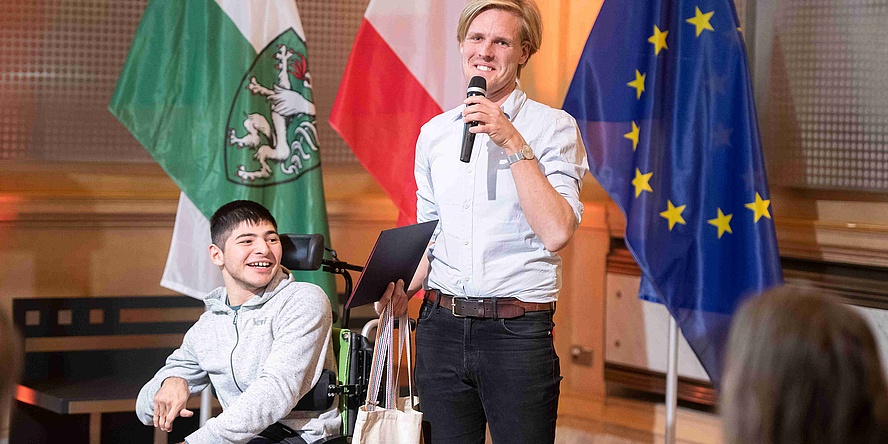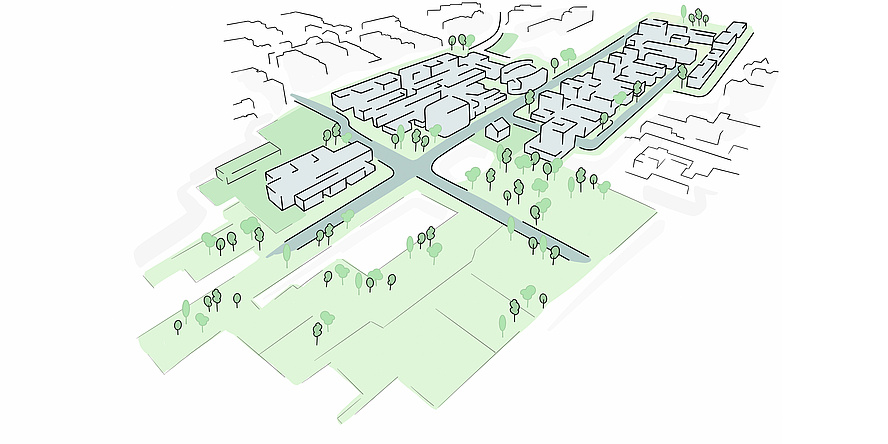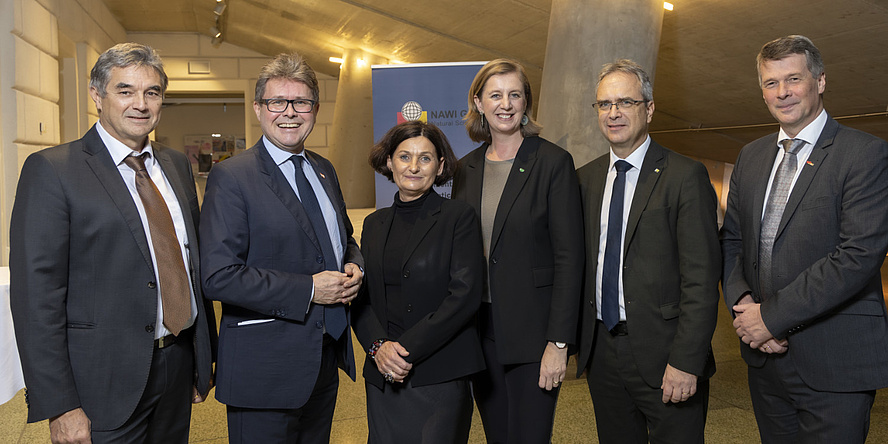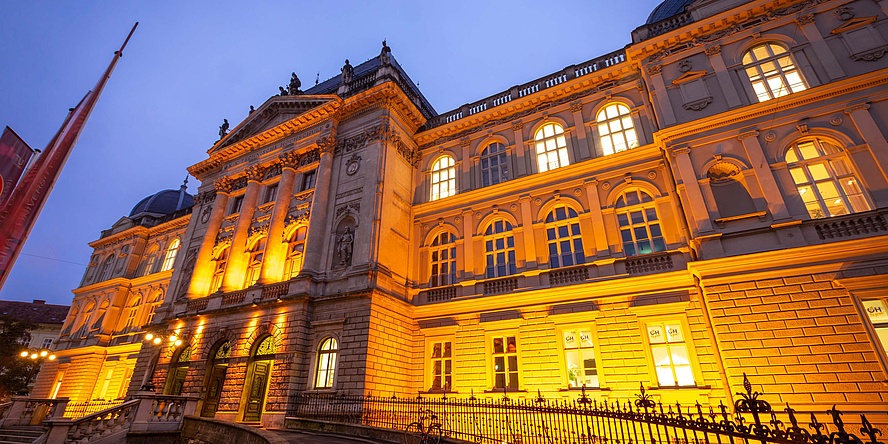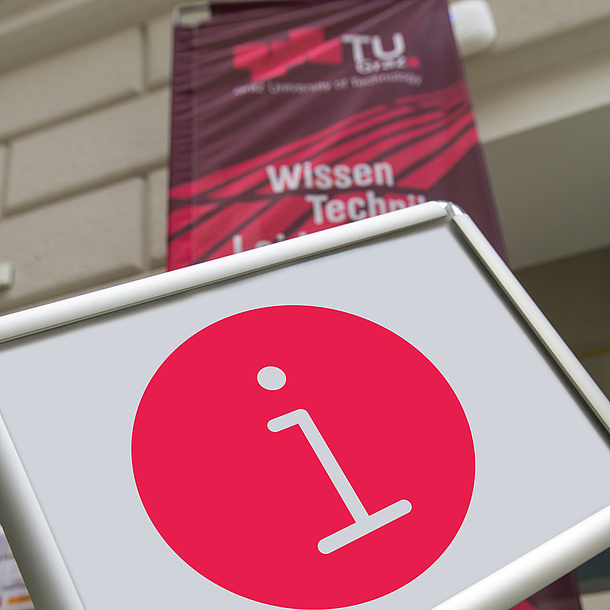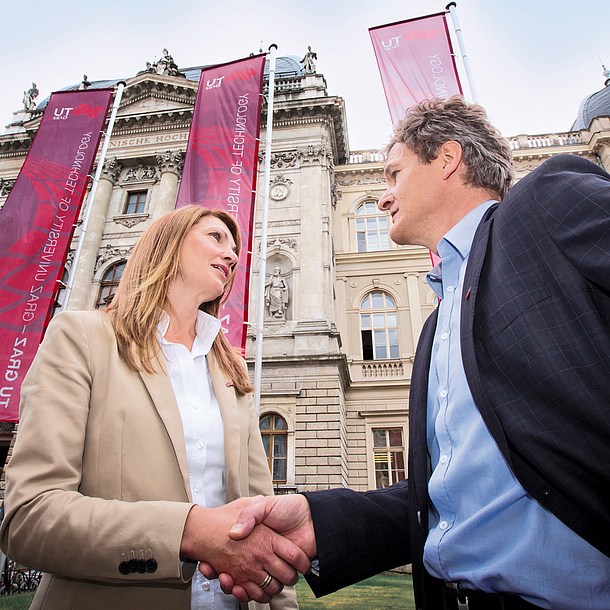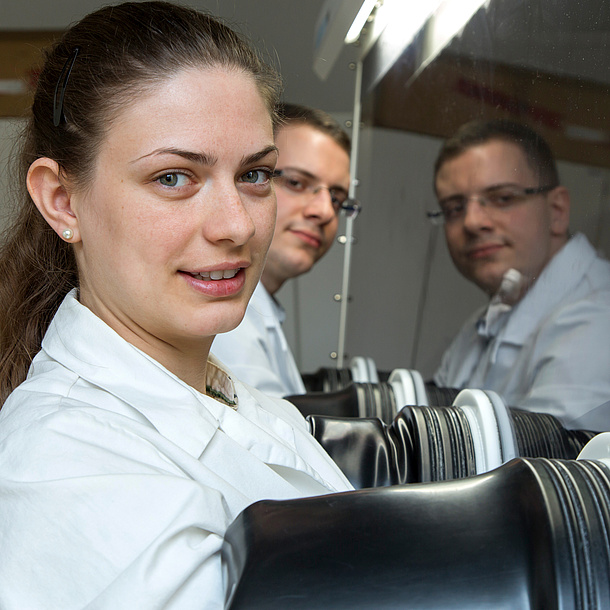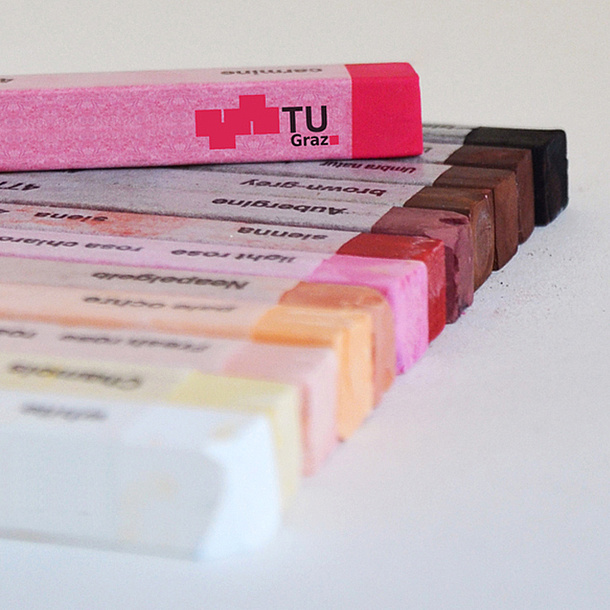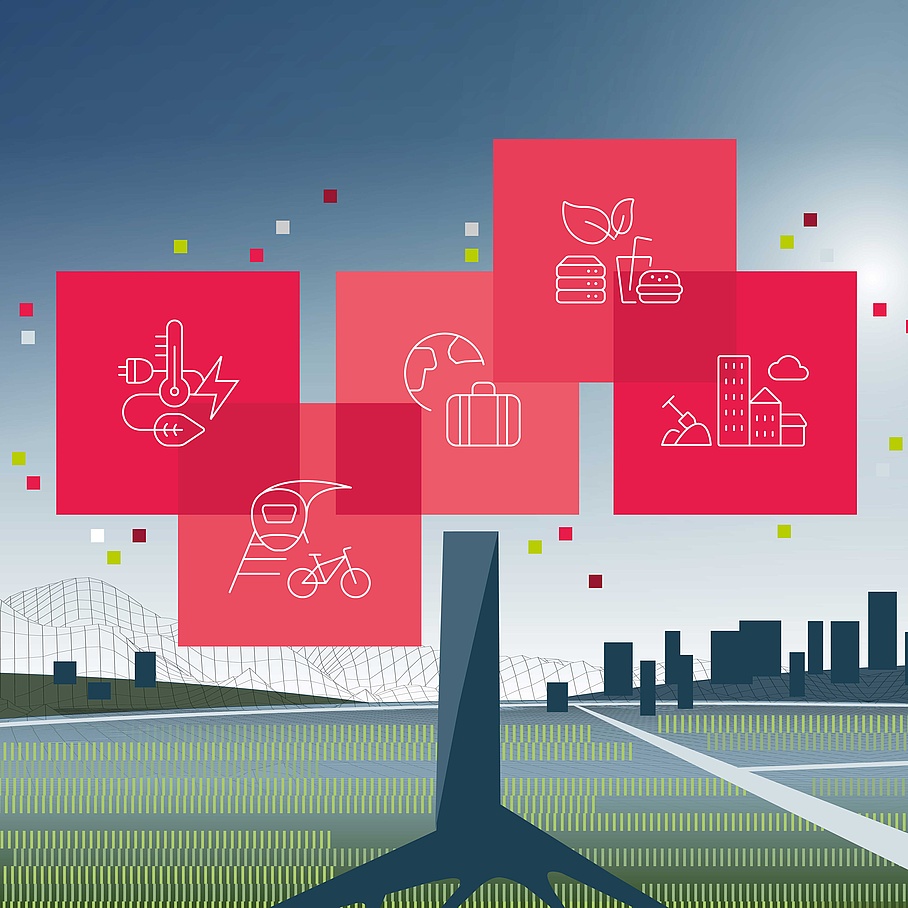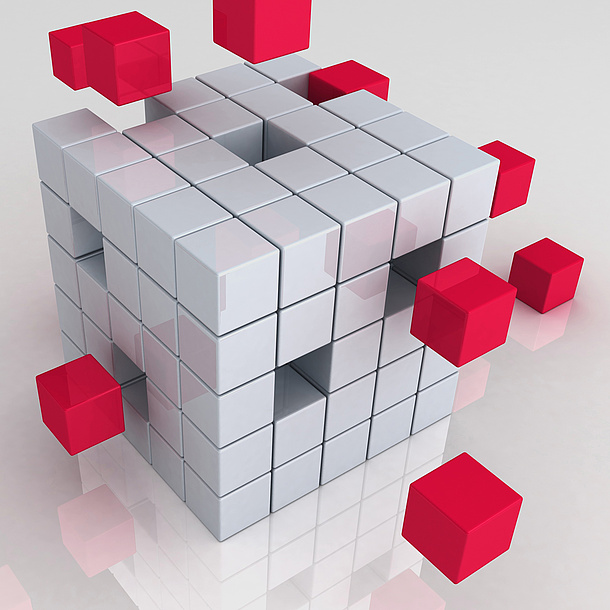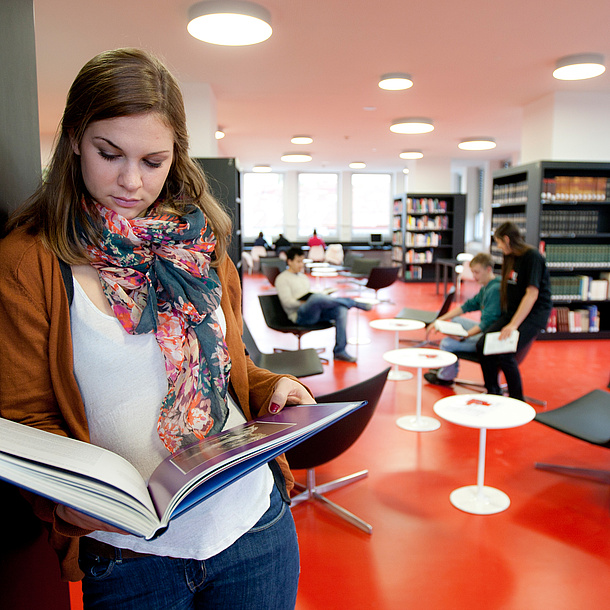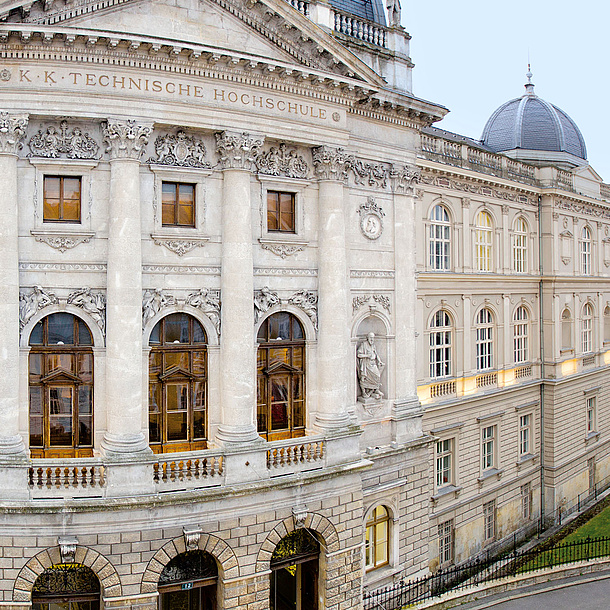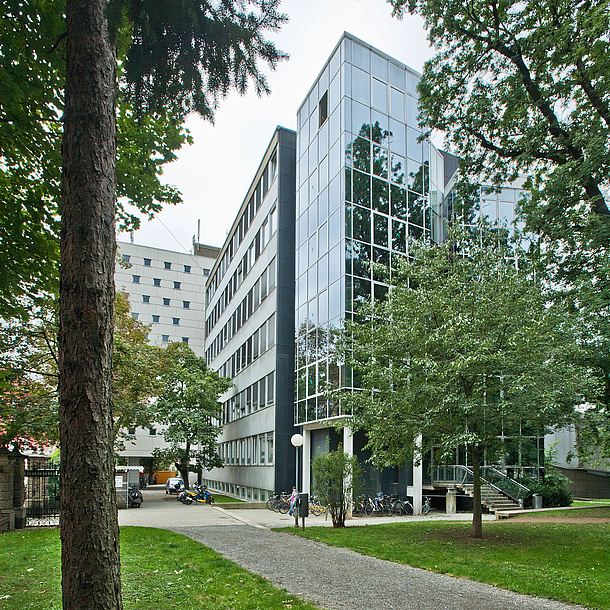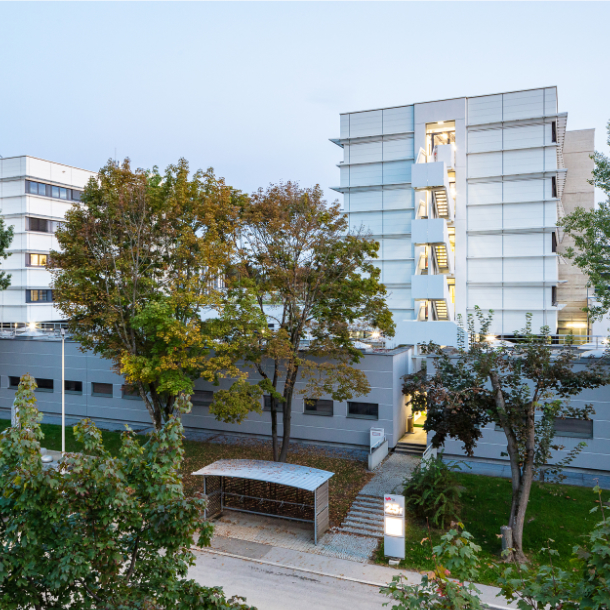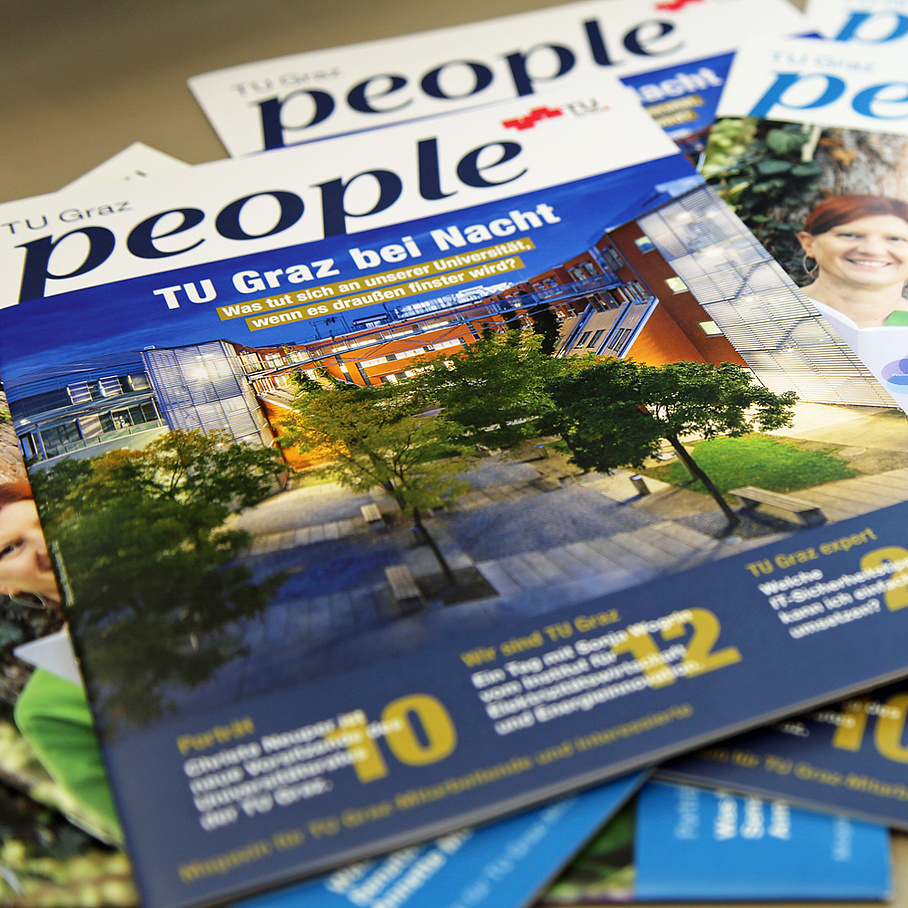TU Graz Compact
Mission Statement
Key Objectives and Focus Areas
Find out about the TU Graz Key Objectives and Focus Areas.
Cooperation Ventures
Diversity
What does diversity mean to TU Graz? Which measures does the university implement? Find out about how the university promotes diversity under Diversity.
Digitalisation
Proactively shaping the digital transformation is a key objective of TU Graz. Read more about Digitalisation
Climate-Neutral TU Graz
TU Graz has adopted an ambitious roadmap for its path to climate neutrality by 2030, making it one of the pioneers among Austria's universities. Read more on page Climate-Neutral TU Graz
Quality Management
TU Graz Corporate Portfolio
Organisational Basis
History
Buildings of TU Graz
TU Graz spreads across 3 big campus locations: the Alte Technik
campus, the Neue Technik
campus and Inffeldgasse
campus. Learn more about the development of the campus sites and buildings.
Development of the Campus Inffeldgasse
In the coming years, TU Graz and the Bundesimmobiliengesellschaft (BIG, the federal real estate company) will ensure that the campus Inffeldgasse is designed sustainably. More about the Campus Inffeldgasse.
TU Graz people
Read about the people and events that shape TU Graz: in the staff magazine TU Graz people

![[Translate to Englisch:] Image source: TU Austria](https://www.tugraz.at/fileadmin/_processed_/6/2/csm_TU-Graz-by-tu-austria_083cbfc0b5.jpg)
